The conflict between the two nuclear powers has entered a phase of open strikes: in the early hours of May 7, India launched missile attacks on Pakistani territory, prompting Islamabad to retaliate with strikes on Indian targets. According to the latest reports, at least 36 civilians have been killed and around a hundred injured in the exchange of fire.
India Strikes "Terrorist Infrastructure" in Pakistan
In the early hours of May 7, India announced the launch of Operation Sindoor, during which its armed forces carried out missile strikes on sites New Delhi describes as terrorist infrastructure. The targets included nine locations in Pakistan and in Pakistan-administered Kashmir—a region contested by India, Pakistan, and China.
Indian Foreign Minister Vikram Misri stated that the operation aimed at "the complete destruction of infrastructure linked to terrorists." According to Indian authorities, all nine targets were "successfully neutralized." Four were located in Punjab province, while the remaining five were in Pakistan-administered Kashmir.
India and Pakistan
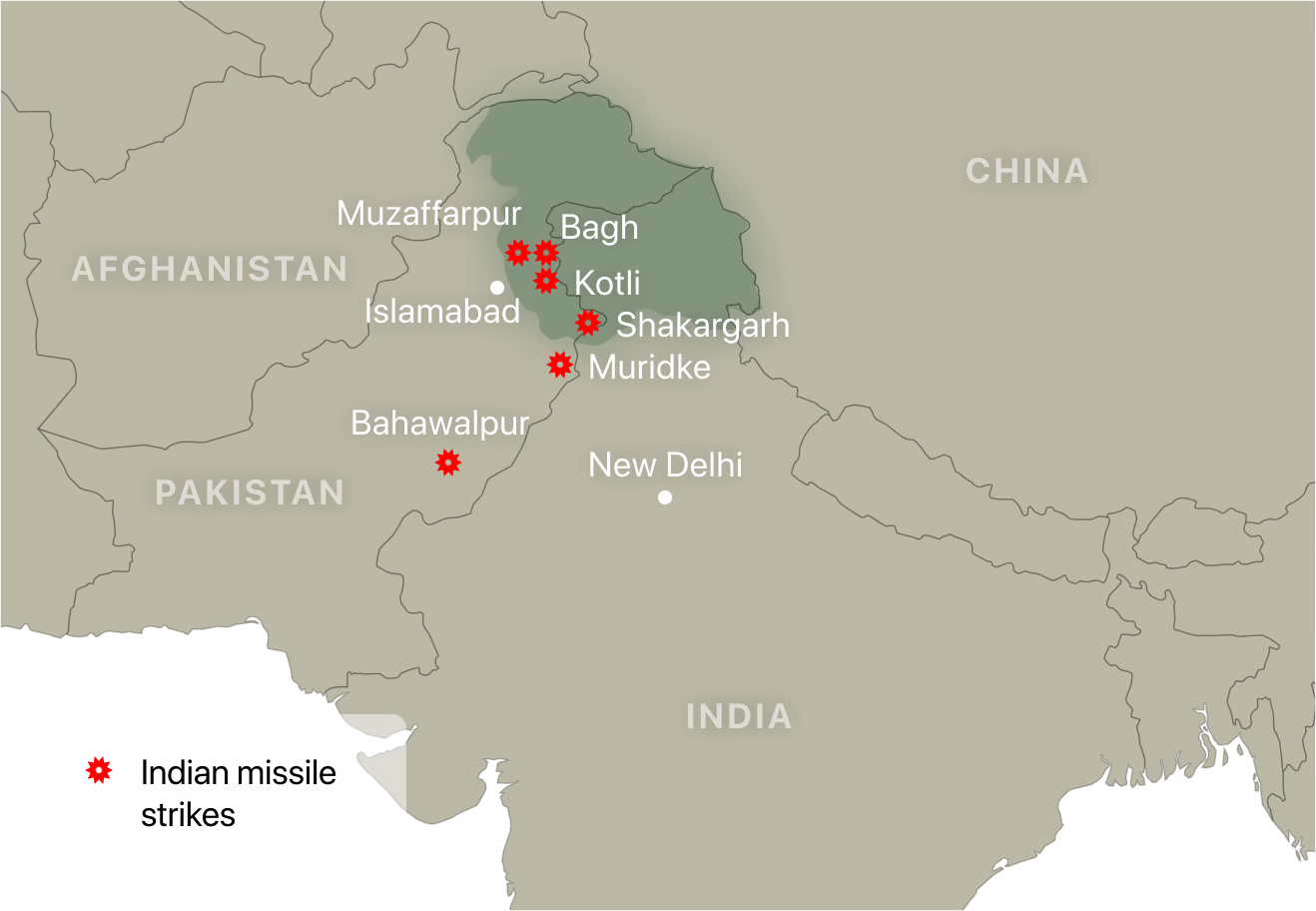
India targeted the cities of Muzaffarpur, Kotli, and Bahawalpur.
As The Economic Times reports, the targets included training centers, militant camps, launch pads, and other facilities that Indian forces link to various extremist groups.
On the morning of May 7, Indian Prime Minister Narendra Modi postponed a planned European tour that was to include Croatia, the Netherlands, and Norway, CNN reported, citing a senior official. New Delhi has not provided an official reason for the cancellation, and Modi has yet to comment publicly on either the missile strikes or the escalation of the conflict with Pakistan.
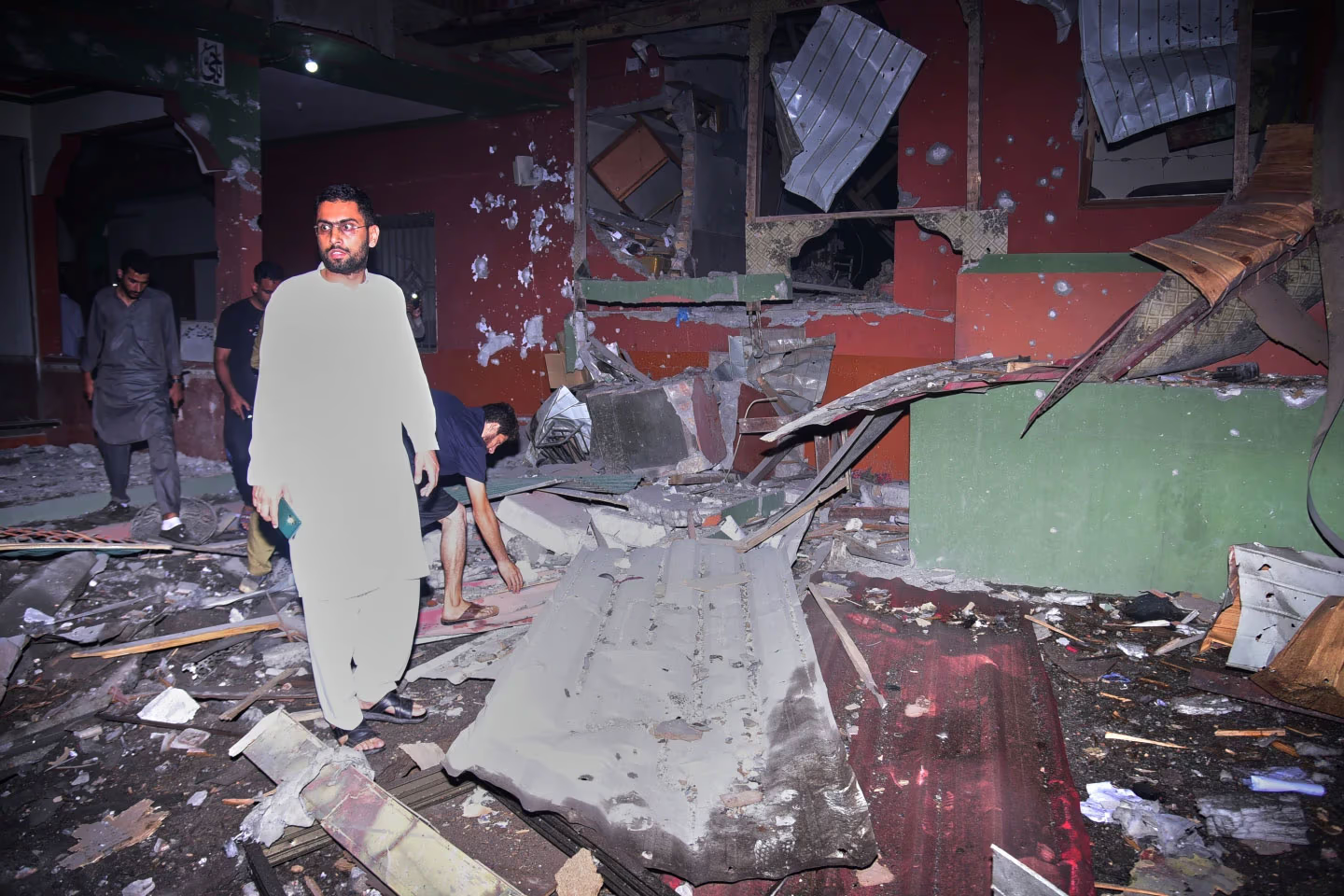
Pakistani residents near destroyed homes following an Indian missile strike near Muzaffarabad, the capital of Pakistan-administered Kashmir. May 7, 2025.
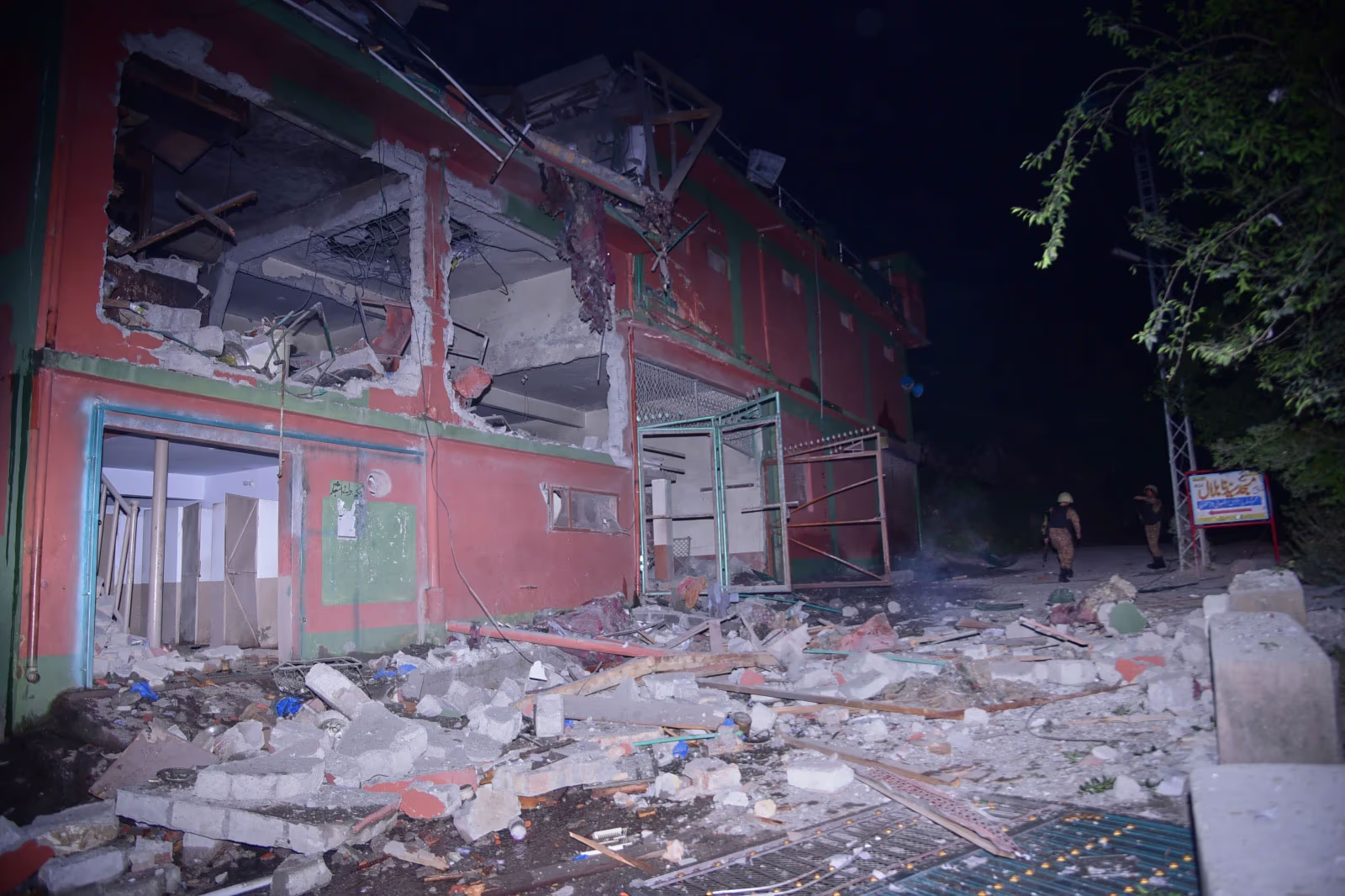
A building damaged by the Indian missile strike near Muzaffarabad, the capital of Pakistan-administered Kashmir. May 7, 2025.
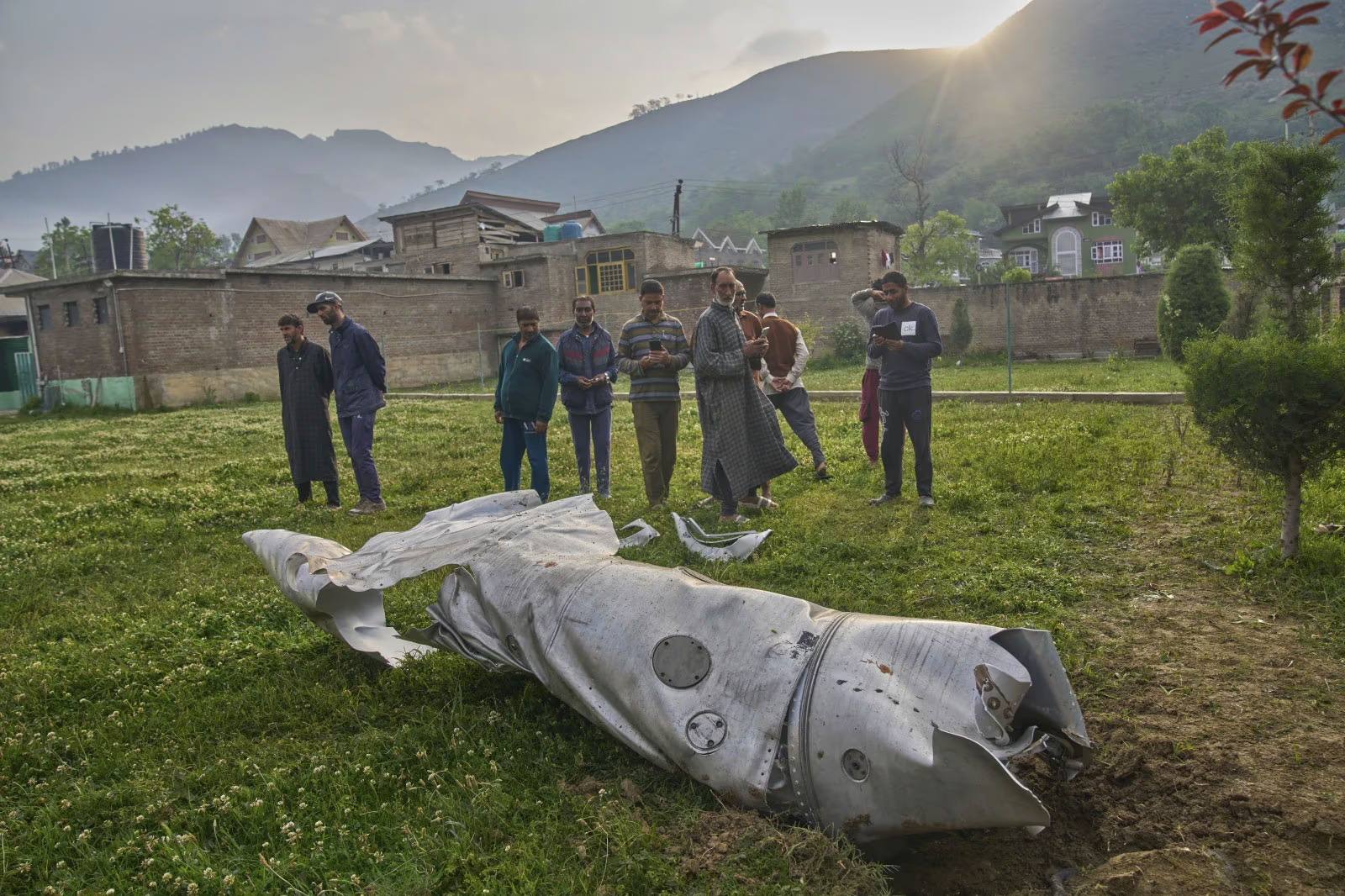
Wreckage of an aircraft that crashed on the grounds of a mosque in Pampore, Pulwama district—in Indian-administered Kashmir.
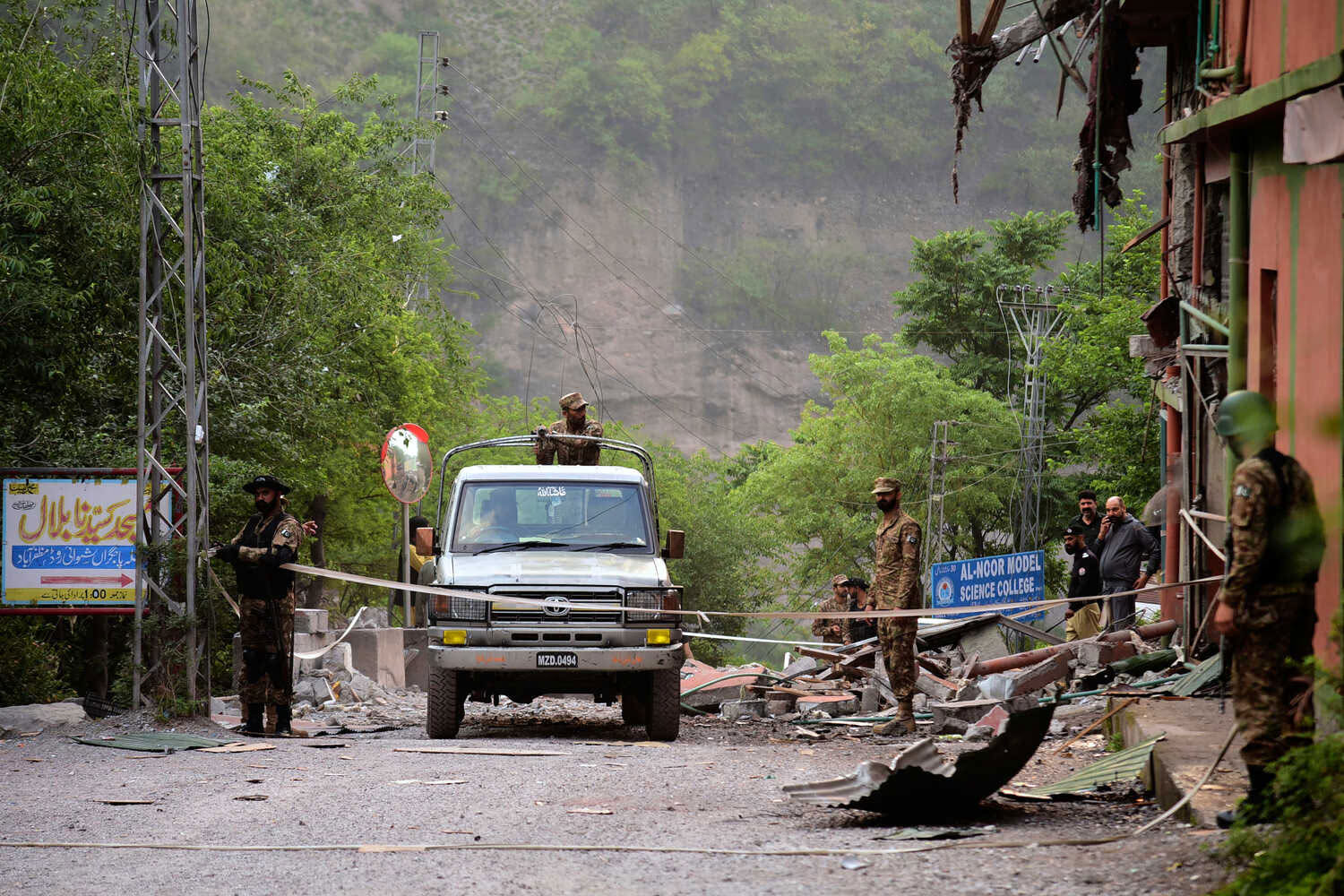
Pakistani soldiers at the site of a damaged mosque on the Pakistani side of Kashmir.
Pakistan Responds with Strikes on Indian Territory
In response to India’s strikes, Pakistan’s armed forces launched retaliatory attacks on Indian territory—both by air and on the ground, according to officials in Islamabad.
Pakistani Prime Minister Shehbaz Sharif called India’s actions a "cowardly assault" and stated that five population centers were hit. "Pakistan has every right to deliver a firm response to this war imposed by India—and that response has already been given," he wrote.
According to Pakistani sources, several Indian aircraft were shot down in the counterstrike—ranging from three to five, depending on the source. Information Minister Attaullah Tarar reported the downing of three fighter jets and one drone. Geo TV stated that five aircraft were shot down: three French-made Rafales, one MiG-29, and one Su-30. Reuters, citing officials in the Indian state of Jammu and Kashmir, also reported that three fighter jets had crashed. New Delhi has not confirmed any aircraft losses and dismissed social media reports of a Pakistani strike on the Srinagar airbase as disinformation.
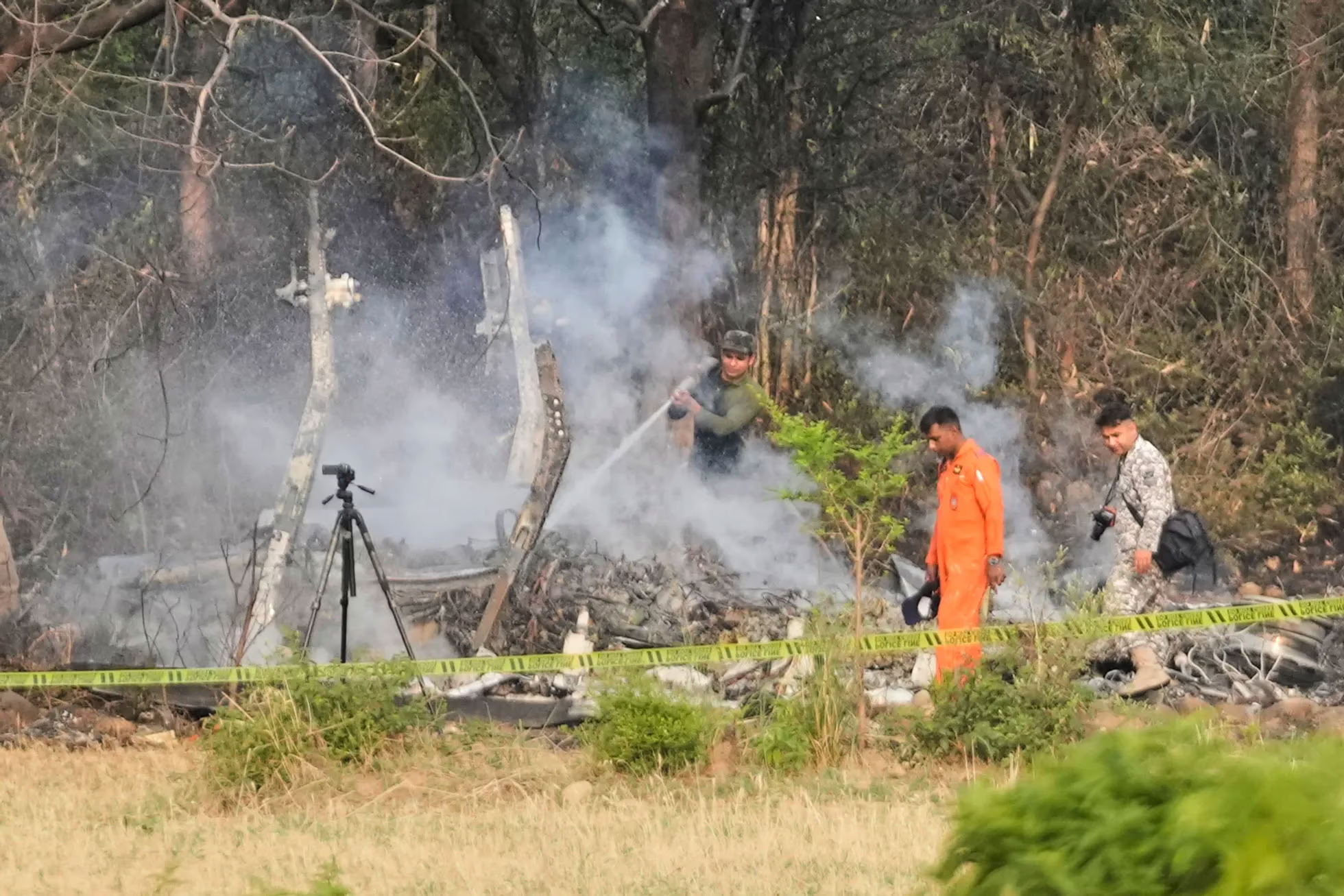
Firefighters extinguish aircraft wreckage in the Akhnoor area of Jammu and Kashmir.
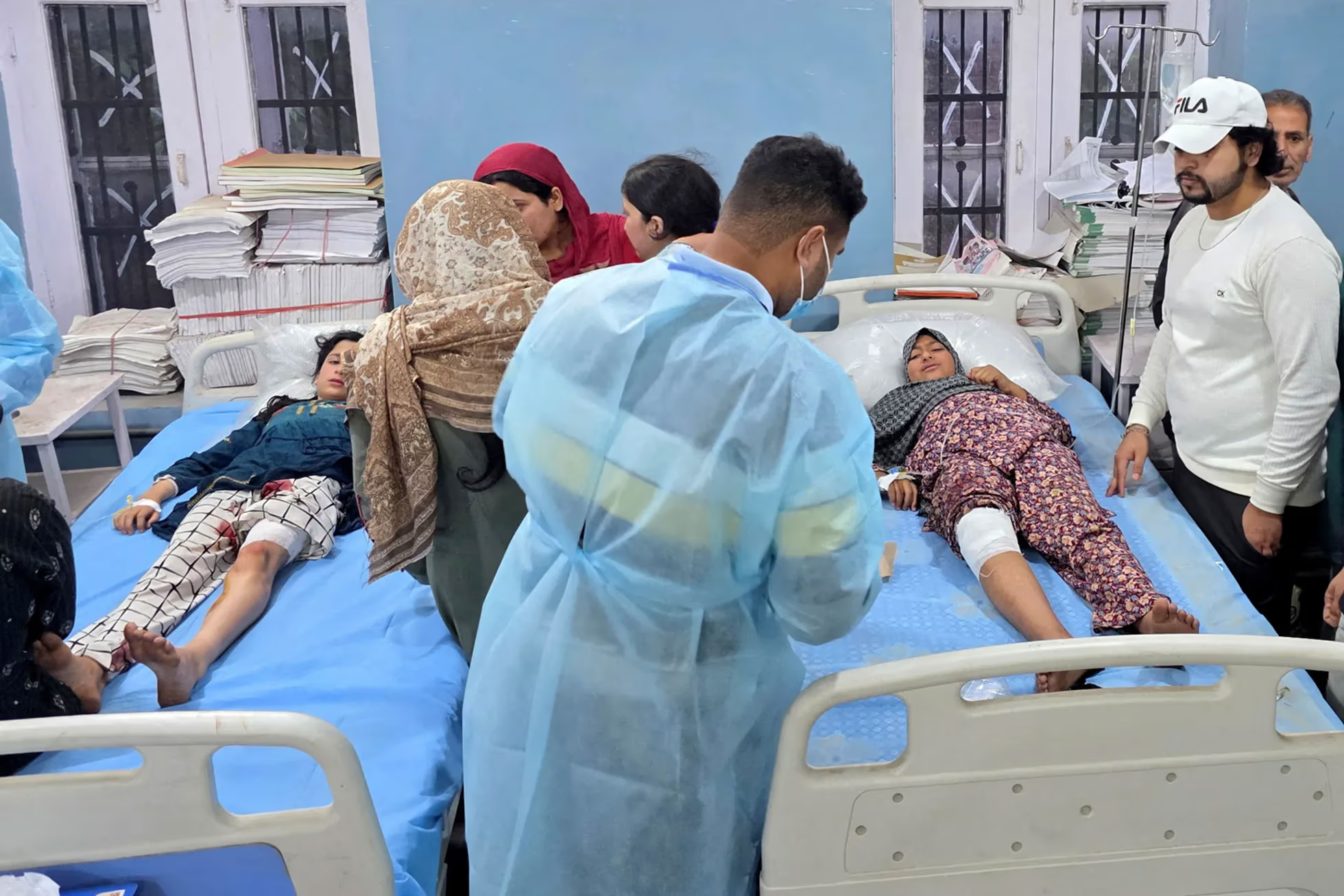
The wounded in a hospital in the town of Uri, in Indian-administered Kashmir.
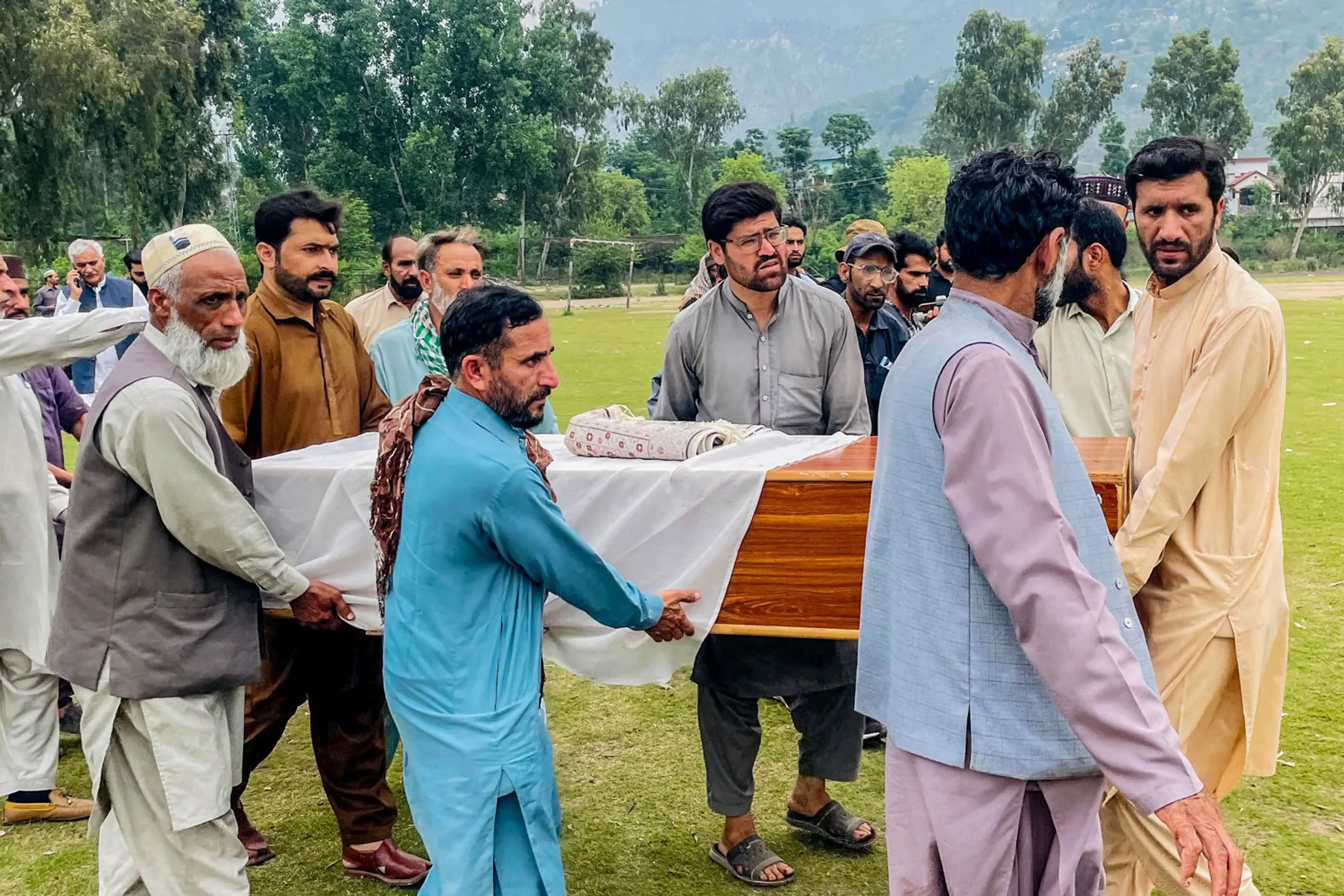
Funeral of a victim killed in the Indian strikes in Muzaffarabad, in Pakistan-administered Kashmir.
According to the latest reports, 26 civilians were killed and another 46 injured in Indian strikes on Pakistani territory, Reuters reported, citing the Pakistani military. In response to Pakistani shelling in Indian-administered Kashmir, 10 people were killed and 48 injured, according to local police.
Recent Events
April 22, 2025
Terrorist Attack
In the Baisaran Valley (Pahalgam district, Jammu and Kashmir), unidentified militants opened fire on a group of tourists. According to Reuters, 26 people were killed. Prime Minister Narendra Modi vowed that "those responsible will be punished."
April 23, 2025
Suspension of the Indus Waters Treaty
India announced a tough response to Pakistan. On this day, New Delhi suspended the 1960 Indus Waters Treaty, closed the only land border crossing at Attari–Wagah, and revoked special visas for Pakistani citizens. Two Pakistani military attachés were expelled, Indian attachés were recalled, and both countries reduced the size of their diplomatic missions.
April 26, 2025
Pakistan Rejects Accusations
Islamabad rejected India’s allegations as "unsubstantiated" and called for a "neutral" international investigation into the terrorist attack. That same day, crossfire resumed along the Line of Control in Kashmir: the Indian army said it returned fire on Pakistani positions after what it called an "unprovoked" attack.
April 30, 2025
Pakistan Braces for Indian Strike
Pakistan stated that it had "credible information" suggesting India was preparing to launch a military strike within the next 24–36 hours. Prime Minister Shehbaz Sharif appealed to the United States to "rein in New Delhi’s rhetoric" and urge de-escalation. During this time, the U.S. called on both sides to show restraint and reduce tensions.
May 3, 2025
Pakistan Tests Ballistic Missile
As part of the "INDUS" military exercises, Pakistan’s armed forces successfully tested the Abdali ballistic missile, with a range of around 450 kilometers. President Asif Ali Zardari and Prime Minister Shehbaz Sharif publicly congratulated the engineers and emphasized that the launch was aimed at testing readiness amid heightened tensions.
May 7, 2025
Indian Strike
India launched a massive missile strike on Pakistani territory, including areas of Pakistan-administered Kashmir and Punjab province. Pakistan’s state television reported that Indian aircraft had been shot down. India’s Ministry of Defence said the strikes were aimed at nine "terrorist camps" and that no Pakistani military bases were affected.
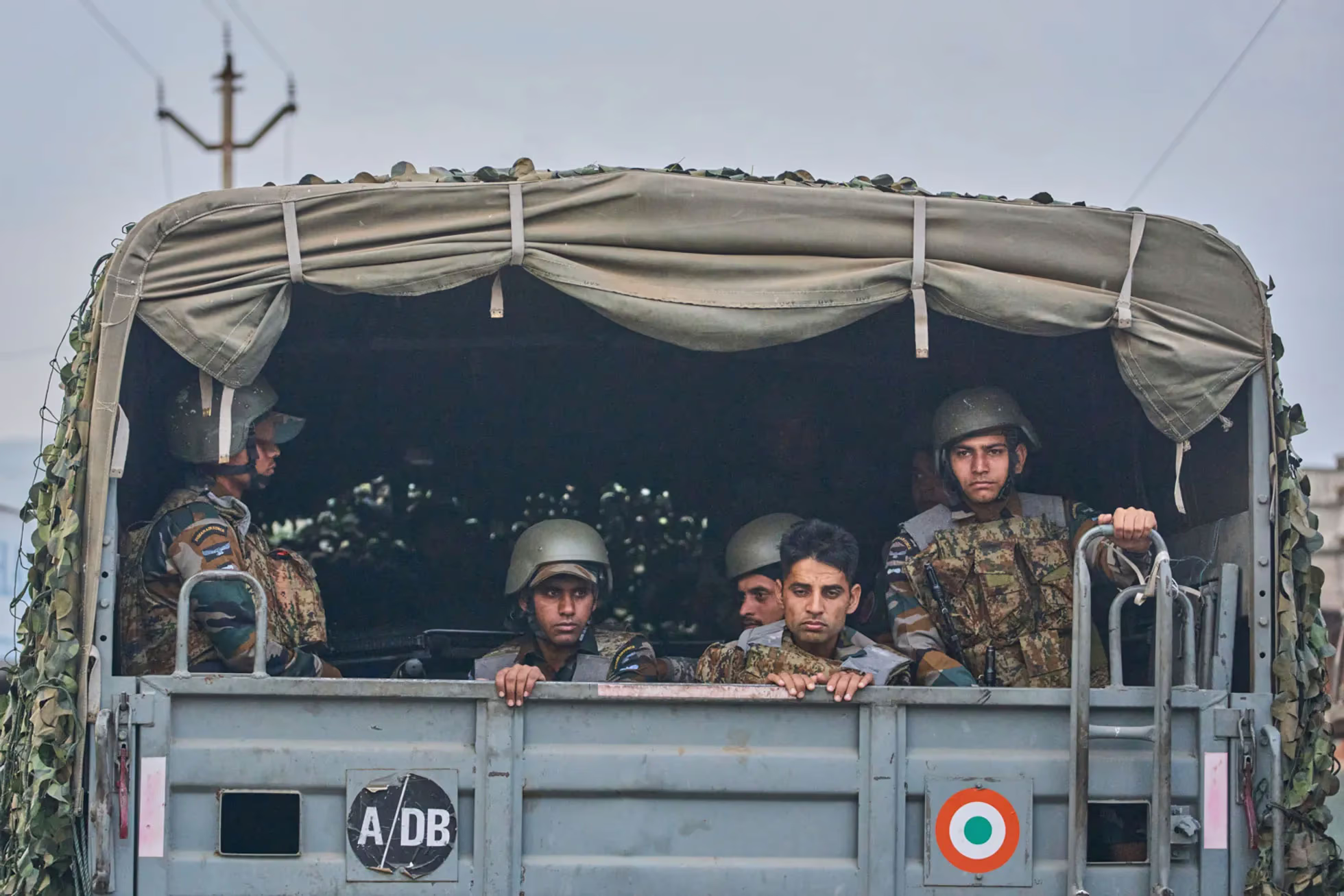
Indian troops in the Pulwama area of Indian-administered Kashmir.
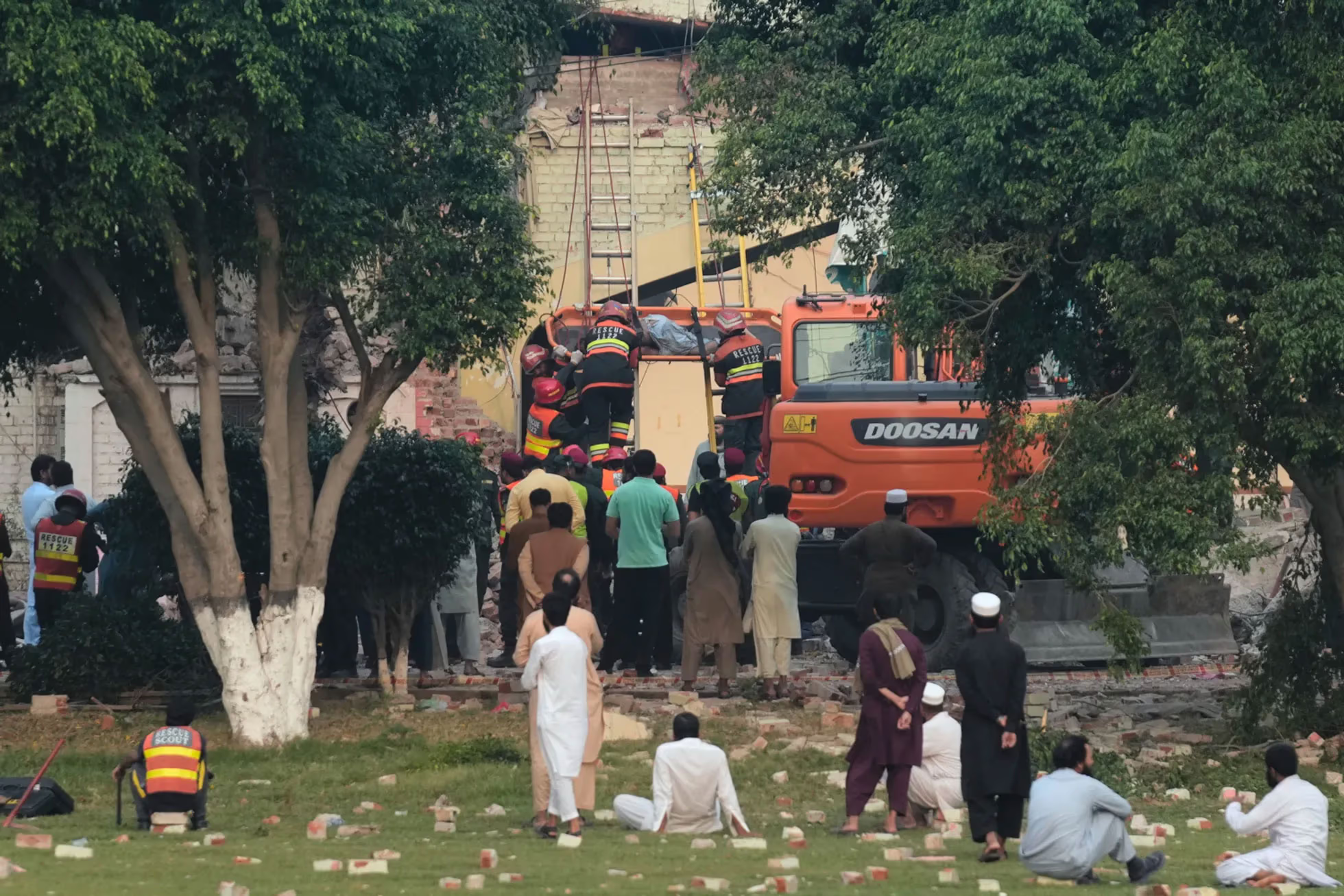
Strike site in Muridke, Punjab province, Pakistan.
Timeline of the India–Pakistan Conflict
1949
The ceasefire line, brokered by the United Nations, divides Kashmir between India and Pakistan. The UN promised to hold a plebiscite so that the region's residents could decide which country they wished to join. That referendum never took place.
1965
India and Pakistan enter their second war over Kashmir. The fighting, which results in thousands of casualties but no decisive outcome, ends with a ceasefire brokered by the Soviet Union and the United States. Negotiations in Tashkent continue until January 1966 and conclude with a mutual return of captured territories and the withdrawal of troops.
1971
India intervenes in the war for the independence of East Pakistan, which ends with the secession of the territory and the creation of a new state—Bangladesh. An estimated 3 million people are killed in the conflict.
1972
India and Pakistan sign a peace agreement under which the ceasefire line in Kashmir is renamed the Line of Control. Both sides bolster their military presence along the border, turning it into a heavily fortified zone with numerous military outposts.
1989
Kashmiri insurgents, backed by Pakistan, launch a bloody uprising against Indian rule. In response, Indian forces carry out a harsh military operation, escalating both diplomatic and military tensions between New Delhi and Islamabad.
1999
Pakistani soldiers and Kashmiri militants seize several mountain positions on the Indian side of the Himalayas. India responds with airstrikes and artillery fire. Over the course of ten weeks of fighting, at least a thousand soldiers are killed, and the international community grows increasingly alarmed at the risk of nuclear escalation. The United States eventually intervenes as a mediator, helping to broker a ceasefire.
2016
Pakistani soldiers and Kashmiri militants seize a series of mountain positions on the Indian side of the Himalayas. India responds with airstrikes and artillery bombardment. Over ten weeks of fighting, at least a thousand soldiers are killed, and the international community grows increasingly concerned about the potential for nuclear escalation. The United States ultimately intervenes as a mediator, helping to secure a ceasefire.
2016
Militants infiltrate an army base in the Indian-controlled part of Kashmir, killing at least 18 soldiers. In response, India sends special forces into Pakistani-controlled territory, later claiming to have eliminated several suspected militants in a series of “surgical strikes.” Pakistan denies that the operation took place, but the incident triggers several days of intense cross-border firefights. Both soldiers and civilians are killed on both sides of the Line of Control.
2019
The two sides are once again brought to the brink of war after a Kashmiri militant drives an explosives-laden vehicle into a bus carrying Indian soldiers, killing 40. India responds with airstrikes on Pakistani territory, claiming to have hit a militant training camp. In retaliation, Pakistani forces shoot down an Indian fighter jet and capture the pilot. He is later released, helping to ease tensions.
India and Pakistan
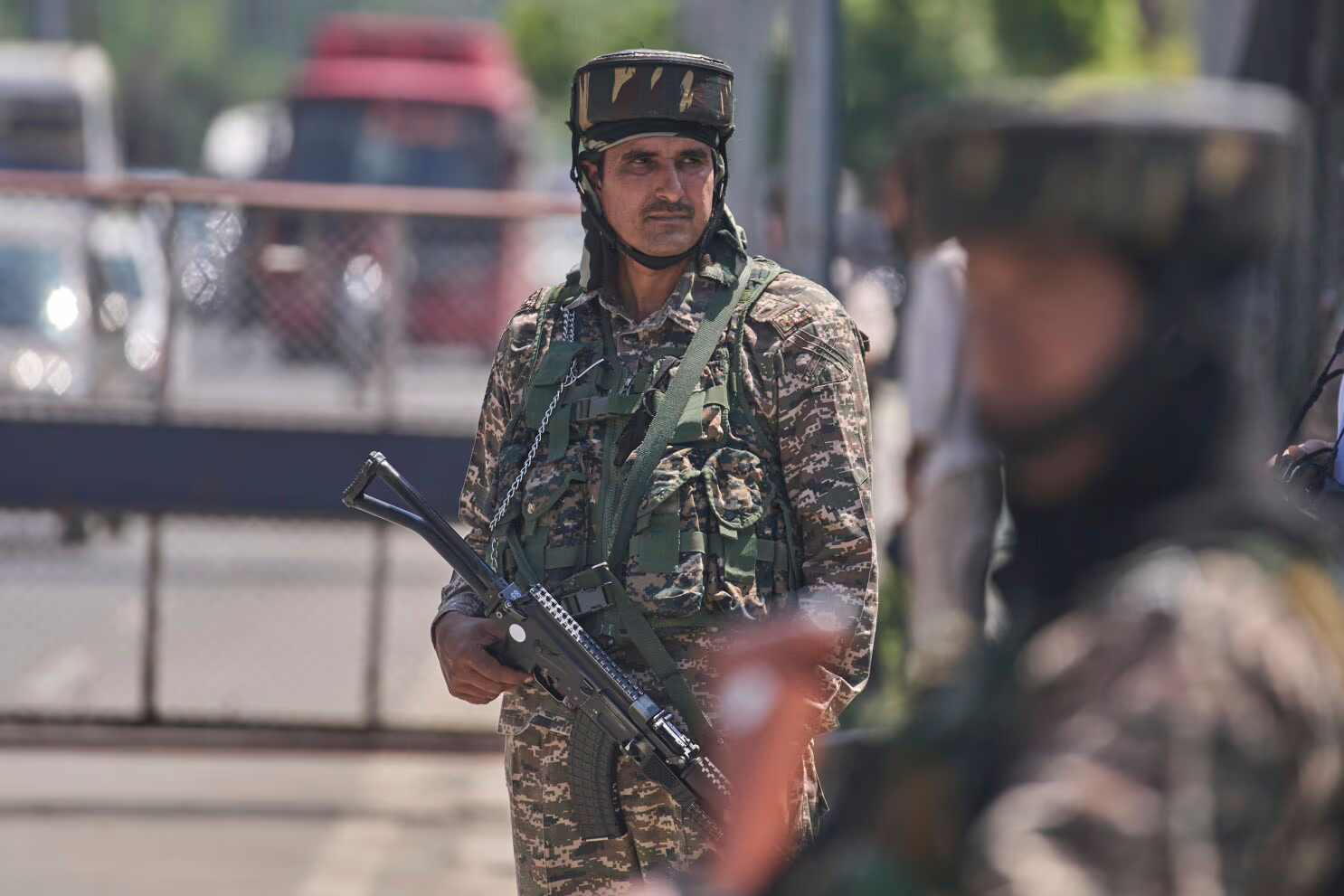
The War That Never Ended
How the Conflict Over Kashmir Became a Fixture of India and Pakistan’s Politics—and Why It Still Can’t Be Stopped?

